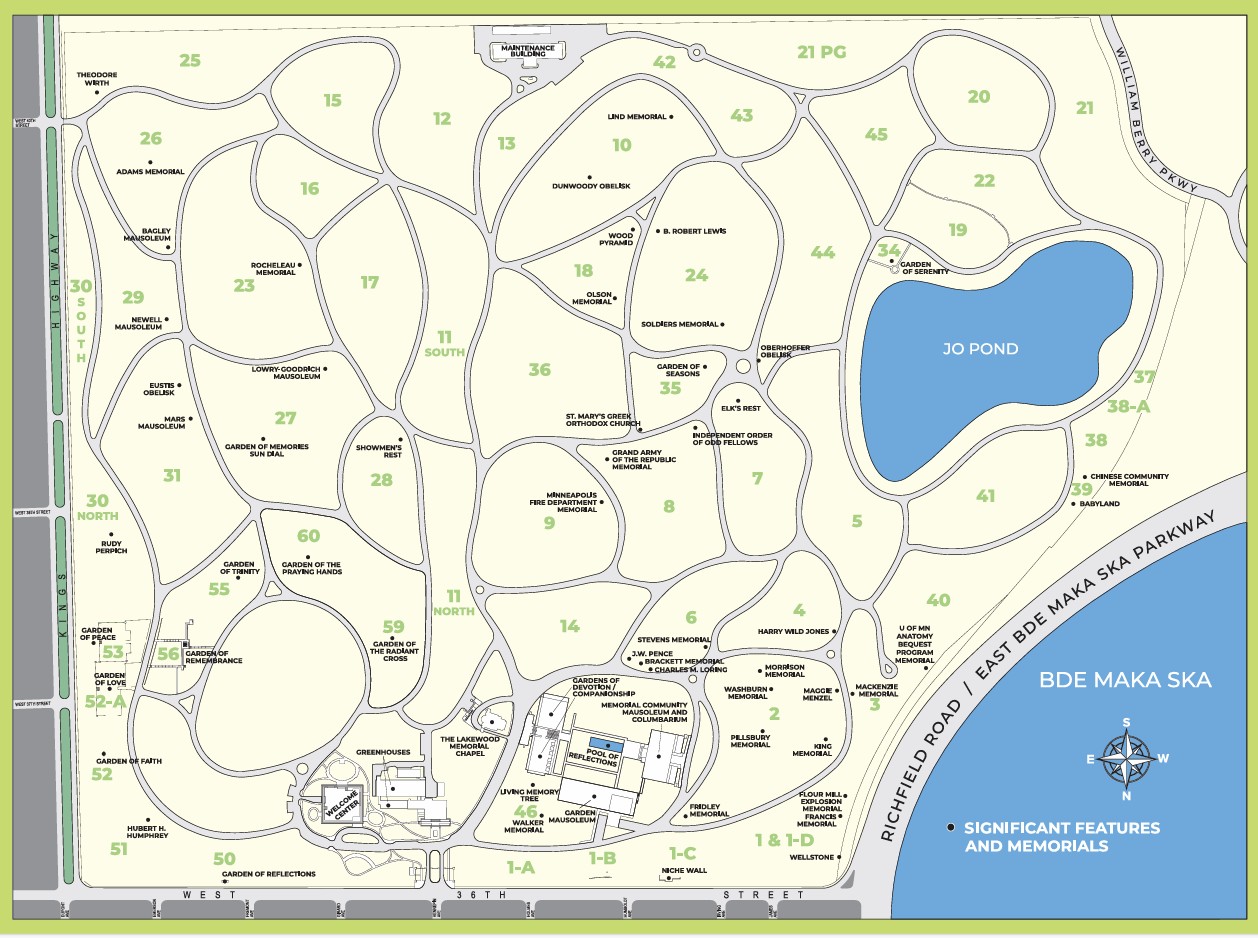Forrest Mars Sr.
Fun Facts
As an adult, Forrest Mars reunited with his father at Mars, Inc. However, the pair ran into a disagreement when Forrest wanted to expand abroad while his father did not. For a few years he worked at the new plant in Chicago and supervised the development of the Snickers and 3 Musketeers bars. Mars then took a buyout from his father and moved to England where he created the Mars bar and Maltesers while estranged from his father in 1933. In Europe, Mars briefly worked for Nestlé and the Tobler company.
In 1934, he bought a British company, Chappel Bros, specialized in canned meat for dogs. Due to the lack of competition, Forrest took control of this market as he launched and marketed Chappie’s canned food. After he returned to the United States, Mars started his own food business, Food Products Manufacturing, where he established the Uncle Ben’s Rice line and a pet food business, Pedigree. In partnership later with Bruce Murrie, Mars developed M&M’s, the chocolate candy covered in a crunchy shell which “melts in your mouth, not in your hands,” in 1940. Peanut M&M’s were introduced in 1954 although Forrest had been allergic to peanuts his entire life.
Following the death of his father, Forrest Mars took over the family business, Mars, Inc, merging it with his own company in 1964. Forrest was the one who truly defined and grew the family business, starting the clan’s journey toward immense wealth, reach, and influence. And it was Forrest Mars Sr. whose attitude and approach toward the outside world would set the tenor for business and family operations in regard to anyone outside the secretive Mars orbit. Forrest avoided interviews, dodged press questions, and was rarely even photographed, at least for newspapers or magazines. Per Business Insider, it was not until the late 2010s, well after the death of Forrest Mars Sr., who passed away in 1999 at the age of 95 leaving the Mars business to his three children, that the company’s policy of sealed lips began to change.
During WWII, the Mars company did much to help support troops fighting overseas, shipping the entire supply of its quick-cooking and insect-resistant rice to soldiers. The rice was produced using a special parboiling technique patented by the company in 1942. The military asked Forrest Mars Sr. to share the patents for the company’s rice production process with other companies in order to maximize output, but he resisted their request. And Forrest kept on pushing back against the military until the end of World War II saw the government cease its attempt to compel the sharing of the information.
From charges of animal cruelty to sourcing cocoa from illegally deforested land to using ingredients harvested by child laborers, Mars has faced more than its share of unsavory business practices.
Cemetery Information:
Final Resting Place:
Lakewood Cemetery
3600 Hennepin Ave.
Minneapolis, Minnesota, 55408
USA
North America
Map:

Grave Location:
Section 31, Lot 6, Crypt N, Tier 2Grave Location Description
Upon entering the cemetery in the main entrance, turn a hard left and follow that along the edge of the cemetery. At the intersection of Section 30, 31 and 55 veer right and then make a left after 200 feet. Drive 300 feet and park. On your left is Section 31 with the Mars Family Mausoleum bordering the road.
Grave Location GPS
44.93339647031146, -93.29513111565865Visiting The Grave:
Photos:
FAQ's
Read More About Forrest Mars Sr.:
- Published Obituary
- Wikipedia Entry
- The sweet, secret world of Forrest Mars
- Forrest Mars Sr.—Revolutionizing the Global Candy Industry
- Forrest Mars M&M’s®
- The Very Private Lives of the billionaire Mars Family
- Forrest Mars – Controversial History of M&M’s Creator
- How did M&M’S get their name?
- The Mysterious Family Behind The Mars Wrigley Confectionery Isn't So Sweet
- Sweet Secrets: Opening Doors on the Very Private Lives of the Billionaire Mars Family





